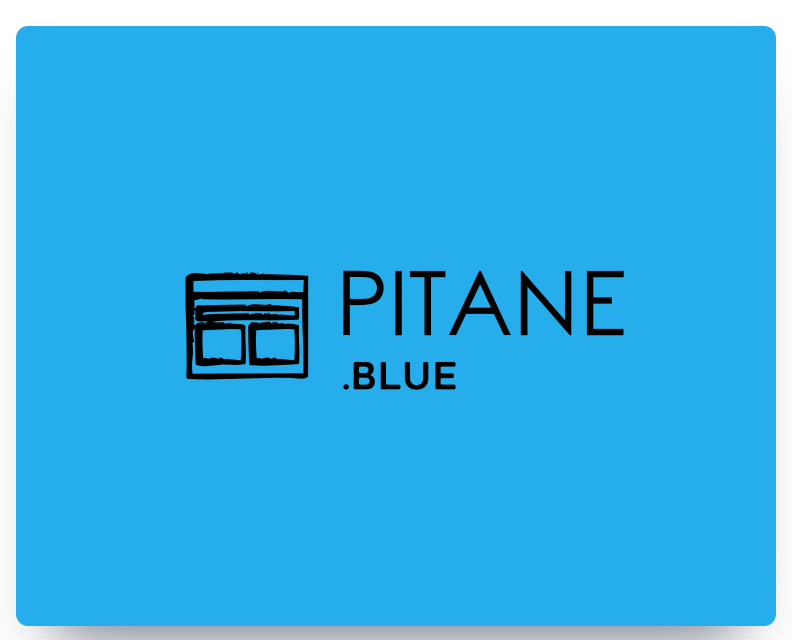The transitional arrangement to comply with the new Code for the Safe Transport of Wheelchair Users (VVR) has been extended by one year until 1 July 2020. According to the law, a taxi driver is responsible for the correct use of the restraint system and seat belts, but the wide variety of wheelchairs still leads once to transport problems.
The VVR Platform Code wants to use the extra time, among other things, to discuss the need for safe wheelchair transport with clients.
The VVR Code is a guideline for the safe transport of wheelchair occupants. The renewed code came into force in October 2017, a transitional period was then also agreed in which wheelchairs without a hook symbol may also be transported, provided they are properly secured.
The code has been in existence for 20 years
The first edition dates from 1999 and was managed by KBOH and Vilans. From the 2015-2016 edition, the Vast = Beter knowledge center has been managing the VVR Code. To protect the independent and objective content, the brand name “Code VVR by A.Peters” ® is officially registered. The edition 2019-2020 is currently the most current edition.
Transitional arrangement VRR Code extended by one year
Wheelchair users, drivers and companies can see from the sticker with the hook symbol that the wheelchair can be transported safely.
- Na July 1, 2020 wheelchairs without such a sticker may no longer be transported.
- During the transition period, the passenger and carrier must find a safe solution together when the (usually older) wheelchair is not yet equipped with the hook symbol.
- An adequate solution must be found for people with a custom wheelchair that does not have the hook symbol after 1 July 2020.
More about the creation of the code VVR - click here



